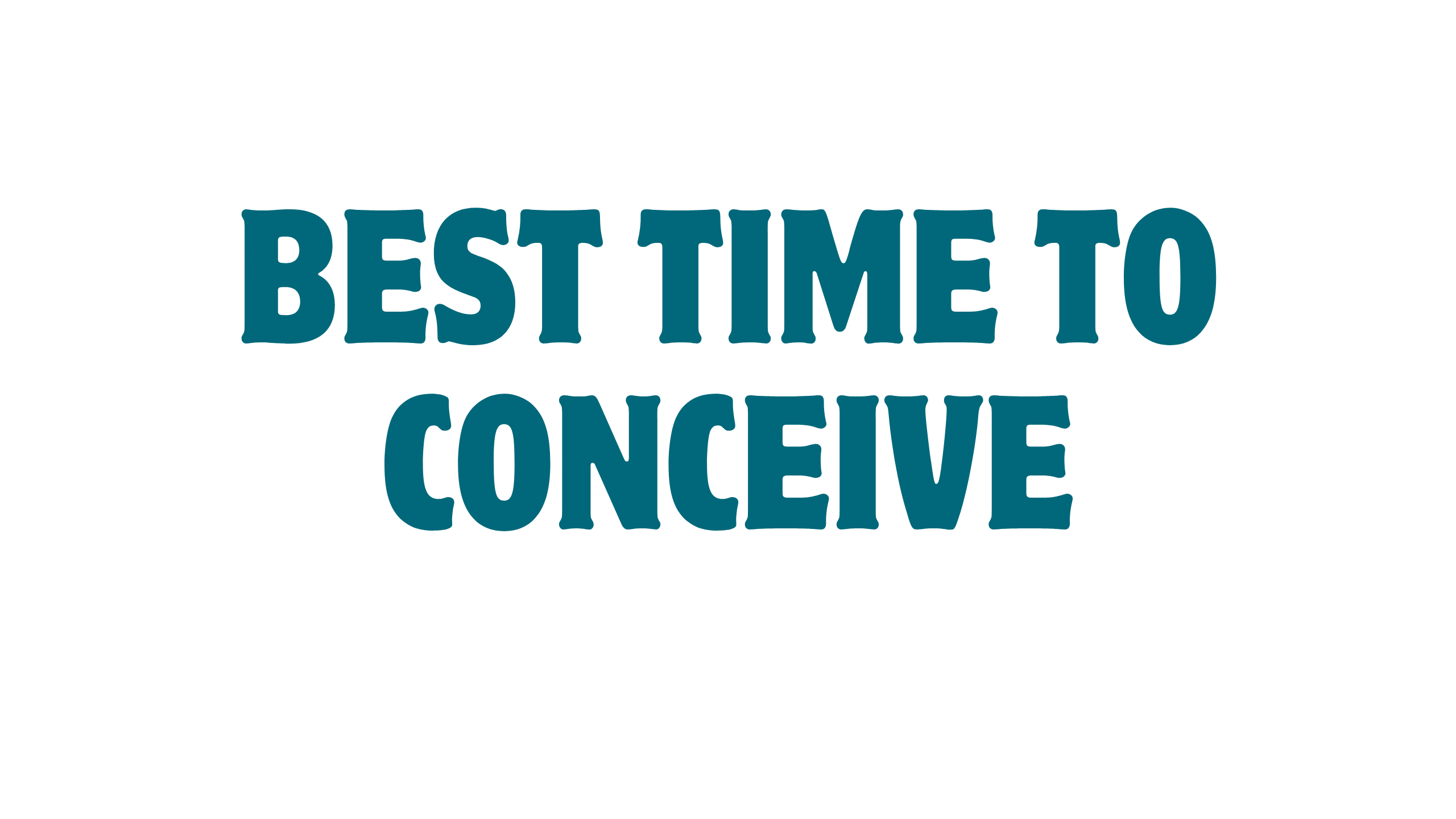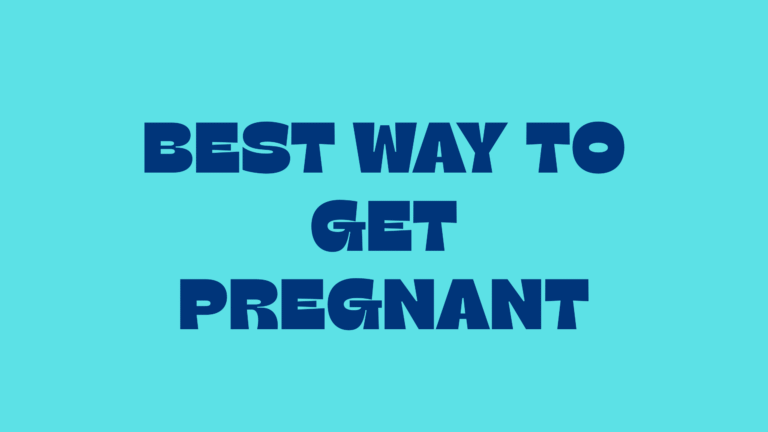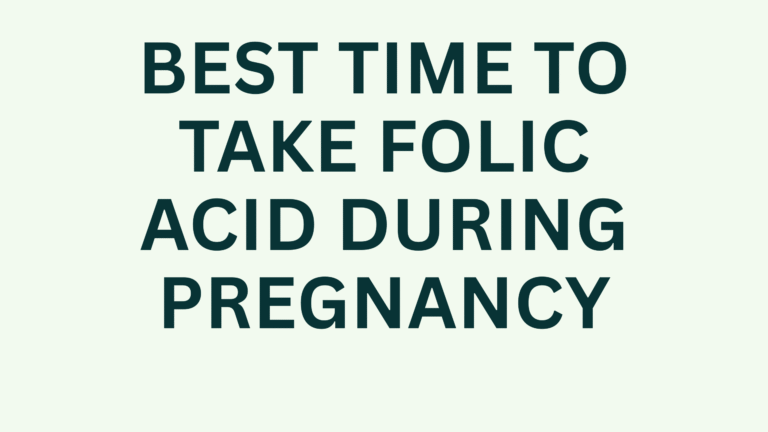Best Time to Conceive: Myths, Stories, and Science

Best Time to Conceive
The Eternal Question
Since ancient times, people have asked one simple but life-changing question: When is the best time to conceive?
From old wives’ tales in villages to advanced fertility apps in modern America, the search for the perfect moment has always been filled with hope, myths, and even a little magic. Some cultures believed the moon decided a baby’s fate. Others thought certain seasons made childbirth easier. Today, science has given us clearer answers—but the myths still remain part of the journey.
In this article, we’ll travel through stories, cultural beliefs, and scientific truths to understand the best time to conceive.
Chapter 1: The Myths That Shaped Beliefs
The Moon and Fertility
In ancient Greek mythology, women were often compared to the moon. Just as the moon has cycles, women too have menstrual cycles. It was believed that conceiving during a full moon blessed the child with strength and beauty, while conceiving on a new moon made the child wise but mysterious.
The Spring Season Belief
In rural India and Europe, spring was seen as the season of fertility. Crops grew, flowers bloomed, and people believed babies conceived in spring carried nature’s energy. While charming, this had more to do with symbolism than biology.
The Gender Prediction Myth
Even today, some households whisper that conceiving on odd days leads to boys and even days to girls. Science, however, tells us that gender is decided by sperm chromosomes—nothing to do with timing in that sense.
Chapter 2: The Science of Fertility
The Menstrual Cycle and Ovulation
Here’s what science says:
- The average menstrual cycle is 28 days.
- Ovulation (the release of an egg) happens around day 14.
- The egg lives for 12–24 hours.
- Sperm can live inside a woman’s body for 3–5 days.
So, the best time to conceive is in the fertile window, which is about day 10 to day 16 of the cycle.
Why Timing Matters
If you try too early, the egg may not yet be ready. If you try too late, the egg may already have dissolved. But when you align with ovulation, chances of conception are highest.
Chapter 3: A Modern Story — Emma and James in New York
Emma and James had been married for two years. Living in Brooklyn, New York, they often heard conflicting advice. Emma’s grandmother told her, “Try on the night of the full moon—it brings blessings.” Her fertility app, however, said her ovulation was on the 13th day.
At first, they laughed at the myths. But when pregnancy didn’t happen quickly, Emma grew anxious. She downloaded a pregnancy tracker app, started logging her cycles, and learned that her fertile window fell between day 11 and 15.
One evening, Emma compared the data to her grandmother’s old moon calendar. Surprisingly, both aligned—the full moon coincided with her ovulation week. The couple tried again, with both faith and science on their side. A few weeks later, the pregnancy test showed two pink lines.
This story shows how myths and modern science sometimes meet at unexpected points.
Chapter 4: Lifestyle and Fertility
Even when you try at the right time, lifestyle plays a huge role.
- Stress: High stress can delay ovulation.
- Diet: A balanced diet with folic acid, zinc, and iron supports fertility.
- Sleep: Poor sleep disrupts hormones.
- Alcohol and Smoking: Both reduce sperm and egg quality.
In other words, timing is important, but health is the foundation.
Chapter 5: Tools That Help Today
- Ovulation Predictor Kits (OPKs) – Test hormone levels to predict ovulation.
- Basal Body Temperature Charting – A small rise in temperature means ovulation happened.
- Cervical Mucus Tracking – Clear, stretchy mucus signals fertility.
- Pregnancy Apps – Easy tools for logging periods, predicting fertile days, and reminders.
These tools take the guesswork out of “when is the best time to conceive?”
Chapter 6: The Emotional Journey
For many couples, the path to conception isn’t quick. Each negative test can feel like heartbreak. This is why myths survive—they give hope when science feels too rigid.
The truth is: conceiving is both biological and emotional. Knowing the fertile window helps, but so does keeping faith, reducing stress, and enjoying the intimacy of the journey.
Chapter 7: The Golden Answer
So, what is the best time to conceive?
👉 It’s during the fertile window—days 10 to 16 of the menstrual cycle—especially the 2 days before ovulation and the day of ovulation itself.
But beyond charts and calendars, the best time is also when you and your partner feel healthy, emotionally ready, and connected. Science gives the window. Love makes it complete.
Blending Myth and Science
The myths gave us poetry. Science gave us precision. Together, they remind us that conception is not just biology—it’s a story of hope, love, and timing.
Whether you trust the moon, the spring breeze, or your fertility app, remember: the best time to conceive is when your body, your mind, and your heart are ready to welcome new life.
About The Author
JYO JOURNEY
PregnancyKit – to provide real, honest, and easy-to-understand information for women who might be wondering, “Am I pregnant?” or “What should I expect now?” Every guide I write is based on what we wished we had known during our own journey.
Through PregnancyKit, I want to help women feel supported, informed, and confident from the very first symptom. Because I believe every woman deserves clarity, care, and a little less stress during one of the most important journeys of her life.



5 thoughts on “Best Time to Conceive: Myths, Stories, and Science”